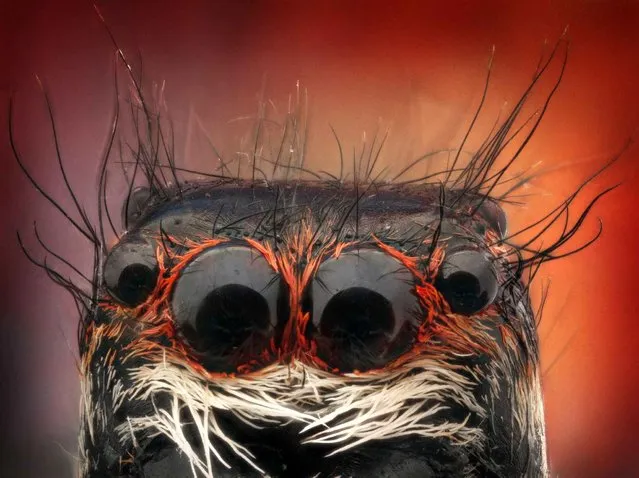
Artwork by Ruth Bellotti & Steve Rosewell called “Soldier Scale 1:1” is seen at the 2008 Sculpture by the Sea launch at Mark's Park, Bondi on October 15, 2008 in Sydney, Australia. (Photo by Gaye Gerard/Getty Images)
10 Jul 2011 09:15:00,post received
0 comments







